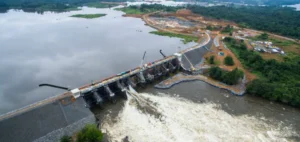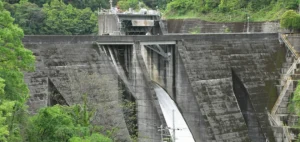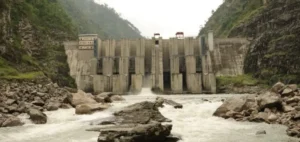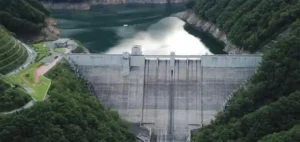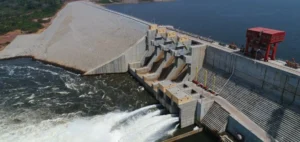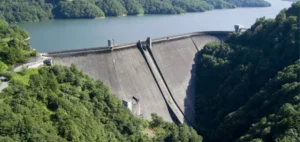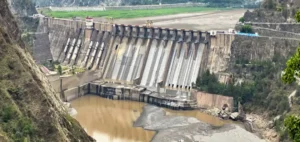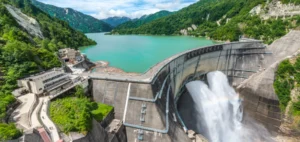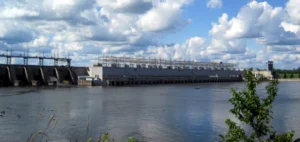It is clear that Spain is committed to renewable energies – if only through the example ofIberdrola, which is launching a record financing program in this area.
Under this heading, a project is taking shape in the heart of the Cáceres mountains in Spain. Approved by the French Ministry of Ecological Transition and Demographic Challenge, the Valdecañas pumping project, on the banks of the Tagus River, is a response to contemporary energy challenges. This initiative ensures our ability to redefine sustainability standards in the energy sector.
The Energy Revolution
Energy surplus is a constant challenge for power grids. And, as with its LNG oversupply, Spain intends to turn this challenge into an opportunity. Approved by the French Ministry of Ecological Transition and Demographic Challenge, the Valdecañas project pushes back the limits of energy storage by using the Valdecañas reservoir as a gigantic seasonal battery. This innovative approach offers not only a short-term solution for managing fluctuations in energy demand, but also a long-term strategy for promoting environmental sustainability.
Analysis and outlook:
The Valdecañas pumping project represents a giant step towards Spain’s future. With a capacity of 275 MW, an integrated 15 MW hybrid battery and an energy reserve of 210 GWh, equivalent to 5.2 million electric vehicle batteries, this project offers a flexible and adaptable solution for efficiently storing and releasing surplus energy. What’s more, using existing infrastructure and avoiding the need for new construction reduces environmental impact while optimizing available resources. This pragmatic approach demonstrates our commitment to a sustainable and resilient energy transition.
Economic and environmental impact
In addition to its technological advantages, the Valdecañas pumping project also offers significant economic and environmental benefits. By reducing CO2 emissions by 200,000 tonnes a year and creating more than 165 direct and 500 indirect jobs, this project will stimulate the local economy while promoting the creation of skilled jobs. What’s more, its harmonious integration with existing infrastructures and its efficient use of available resources contribute to strengthening the region’s environmental sustainability.
The Valdecañas pumped storage project takes advantage of cutting-edge technologies and adopts a pragmatic approach: this project paves the way for a resilient energy transition, offering an efficient and adaptable solution for storing surplus energy and promoting long-term environmental sustainability.




